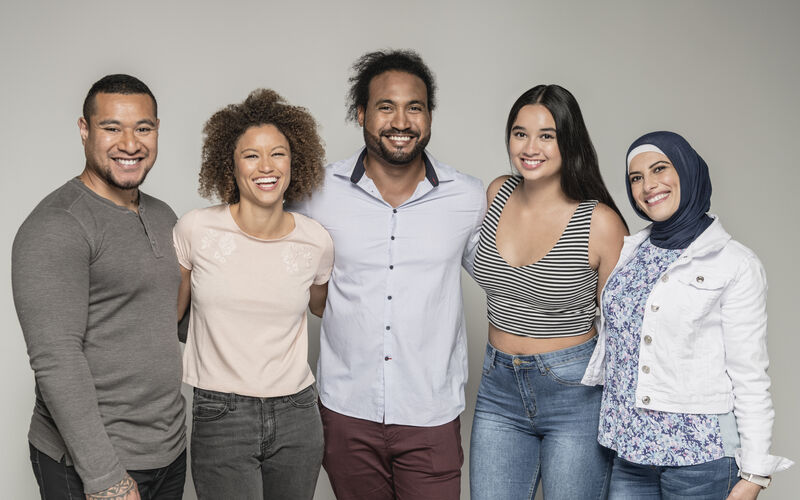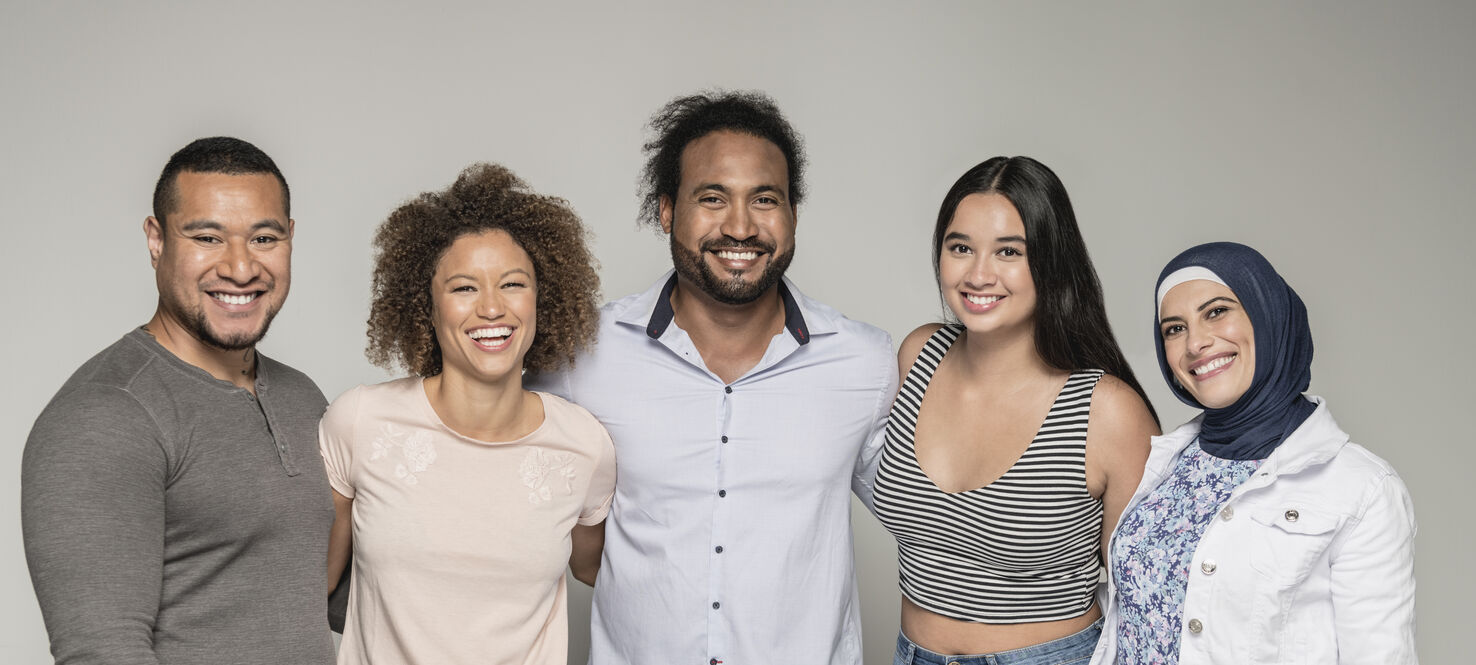Striking Disparities Remain Regarding Cancer Mortality
The 2025 Cancer Statistics report released by the American Cancer society shows that Black people are more than twice as likely to die of certain cancers compared with white people. The ACS also found that those of Native American descent have the highest cancer mortality rate.
While the report shares that cancer mortality rates have dropped 34% from 1991 to 2022 in the United States, it puts a spotlight on the need to invest in equitable cancer screening, treatment and care for diverse communities.
“When we talk about disparities in health, we usually are referring to a disproportionate burden of illness or death experienced by a particular group compared to another group,” said Tiffany Carson, PhD, a researcher in Moffitt Cancer Center’s Health Outcomes and Behavior Program. “We often see disparities by race or ethnicity, sex or gender and socioeconomic status. For example, we know that there are a lot of disparities observed when we compare African American or Black Americans to white Americans in the incidence and mortality of several cancer types, and there’s just a higher cancer burden among Black Americans.”
The report found:
- Native American people are two to three times more likely to die from kidney, liver, stomach and cervical cancers than white people.
- Black people are twice as likely as white people to die of prostate, stomach and uterine corpus cancers, and are 50% more likely to die from cervical cancer, which is preventable, according to the report.
- Black women are more likely to die from breast cancer despite lower incidence.
- American Indian and Alaska Native people have the highest cancer incidence and mortality rates.
- Black men have the highest sex-specific cancer rates. They also have an incidence rate 80% higher than Asian American/Pacific Islander men, who have the lowest rate of any sex-race group.
Much of Carson’s work focuses on prevention and intervention or treatment in marginalized communities. Understanding how cultural norms, environmental contributors and social contributors to individual behaviors are linked to cancer risk can help inform researchers on how to engage in cancer care treatment after diagnosis.

“Some of the things that we look at include our daily lifestyle behaviors: diet, physical activity, smoking. We know from previous research that many of these behaviors have patterns that are different across racial and ethnic groups,” Carson said. “The reasons for these differences are numerous. Some of it is cultural. Some of it is socioeconomic, some of it is just access to healthy foods and spaces to be physically active. So, it really is a multifactorial sort of model that we’re trying to understand. It’s complicated, it’s complex.”
While working with and understanding individual communities and cultures can help reduce disparities, it won’t eliminate them. Carson encourages all communities to take an active role in clinical trials and research to close disparity gaps and improve cancer care for the entire community.
But that has proven to be a challenge.
“I’ve certainly run into individuals who are hesitant to engage in research and with the health care community, and that’s largely based on mistrust of the system,” Carson said. “A lot of work is required to build trust among these communities. As a researcher that looks like people in those communities, I do have the opportunity to try to go engage and build trust and capacity in those communities.”
The 2025 report’s findings aren’t necessarily surprising to Carson. However, she’s hopeful that continued reports like this will encourage everyone, regardless of racial and ethnic background, to seek appropriate health care and to take the correct steps to living a healthy life, even if there are challenges.
“Our goal is to really eliminate or reduce disparities by improving the health of everyone,” Carson said. “It’s not just about closing the gap because if people who are doing well start doing worse, there wouldn’t be a disparity there, but that’s not our goal. Our goal is to really improve the health of everyone, while recognizing the need for a targeted focus on populations who currently bear the highest cancer burden in order to close gaps in incidence and mortality.”




